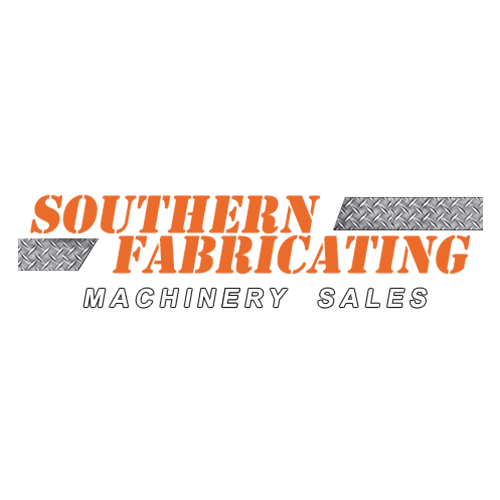
Posted By: Southern Fabricating Machinery Sales | Posted On: August 25, 2025
Abrasive Waterjet Cutting Technology: Precision, Versatility & Efficiency
What Is Abrasive Waterjet Cutting?
Abrasive waterjet cutting (AWJ) is a non-thermal cutting process that uses ultra-high-pressure water mixed with abrasive particles (typically garnet) to cut virtually any material. Unlike plasma or laser cutting, AWJ is a cold process, meaning it does not generate heat, distortion, or a heat-affected zone (HAZ).
This makes abrasive waterjet technology a preferred solution for industries that require precision cutting services across diverse materials — from aerospace alloys to architectural stone.
How Does Abrasive Waterjet Cutting Work?
-
Pressurization – Water is pressurized up to 60,000–90,000 psi.
-
Acceleration – The water exits through a small jewel orifice, forming a supersonic jet stream.
-
Abrasive Mixing – Garnet abrasive is added to the jet in a mixing chamber.
-
Material Cutting – The abrasive particles erode (grind) material with extreme precision, producing smooth, burr-free edges.
Advantages of Abrasive Waterjet Cutting
1. Cold Cutting Technology
-
No heat-affected zones (HAZ).
-
Prevents warping, micro-cracking, or material hardening.
2. Material Versatility
-
Cuts metals (steel, titanium, aluminum, copper) as well as non-metals (glass, composites, ceramics, stone) Literally anything you can touch can be cut using abrasive waterjet machining.
-
Handles thicknesses up to 12 inches.
3. Precision & Edge Quality
-
Produces near burr-free edges.
-
Reduces or eliminates secondary machining.
4. Complex Cutting Capabilities
-
CNC waterjets can create intricate shapes, tight tolerances, and detailed designs.
5. Environmentally Friendly
-
No toxic fumes or hazardous waste.
-
Water can be recycled in closed-loop systems.
Industrial Applications of Abrasive Waterjet Cutting
-
Aerospace – Cutting titanium and carbon fiber composites without heat damage.
-
Automotive – Prototyping, custom parts, and lightweight materials.
-
Metal Fabrication – Structural plate processing and custom components.
-
Stone & Glass – Decorative inlays, mosaics, and architectural designs.
-
Medical Devices – Surgical instruments and implant-grade materials.
Limitations to Consider
While powerful, waterjet cutting has some constraints:
-
Operating Costs – Abrasive usage and pump maintenance add expense, upwards of $30 p/hour.
-
Cutting Speed – Slower than laser on thin metals, however in some cases it may be the only viable option.
-
Kerf Width – Typically 0.03"–0.05", wider than laser.
-
Waste Management – Abrasive disposal and water quality must be managed however there is typically no hazardous waste to dispose of.
The Future of Abrasive Waterjet Technology
Innovation continues to improve AWJ cutting through:
-
More efficient pumps that reduce operating costs.
-
Abrasive removal systems for reduced maintenance operation.
-
Advanced CNC software for higher precision and automation.
-
Hybrid cutting systems combining waterjet with plasma.
- 5-Axis Cutting Heads reducing tapering in material and increasing efficiency.
Why Choose Abrasive Waterjet Cutting Services?
For manufacturers, fabricators, and designers, abrasive waterjet cutting services provide:
-
Superior material flexibility.
-
High-precision results.
-
Reduced secondary processing.
-
Eco-friendly manufacturing solutions.
- Simple, easy to use operation.
- Limited environmental concerns.
- Autonomy in operation.
Bottom Line: Abrasive waterjet technology remains one of the most versatile and reliable precision cutting methods in modern manufacturing. If you cut shapes, a waterjet fits perfectly alongside a laser, punch or plasma cutting system to increase your efficiency and improve your capabilities.







